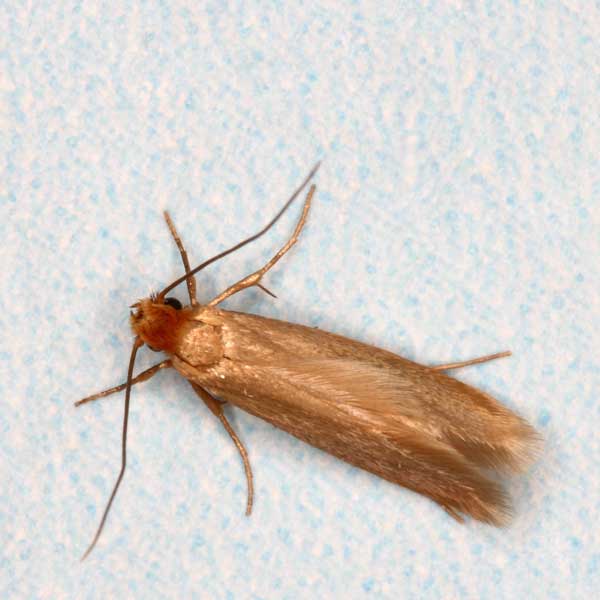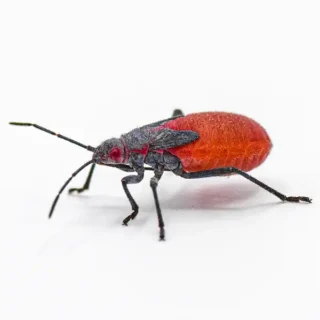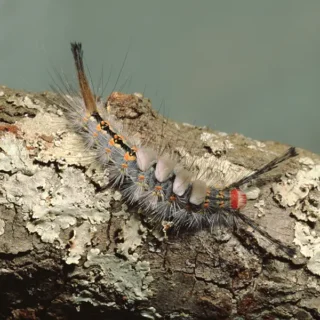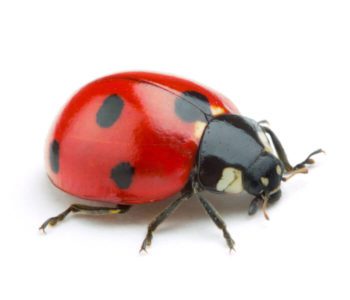Clothes Moths in Florida
Adult clothes moths have a distinct, iridescent sheen on their wings. One species, known as the webbing clothes moths, feature golden or yellow wings with bright red or orange hairs on their heads. Casemaking clothes moths have a similar shape but differ in color, with brown or tan wings speckled with dark spots. Both species measure about a quarter of an inch long, though webbing clothes moths tend to be slightly larger. Their larvae are pale yellow or cream-colored with dark red or brown heads. These moths can inhabit vents and ductwork, where their larvae feed on trapped lint, hair, and debris. Unlike most moth species, clothes moths actively avoid light.
Clothes Moth Habitat
Clothes moths settle in areas with an accessible food source, often found in closets, storage boxes, chests, dressers, and taxidermy displays. Indoors, their larvae commonly infest wool clothing, carpets, upholstered furniture, and any old wool rug remnants they can find. Lint from wool rugs and pet hair accumulating behind baseboards, or in floor cracks, can also attract infestations. A common egg-laying site is the carpet beneath the back legs of a sofa, as it’s an area that often evades any vacuuming. While adult moths, pupae, and eggs do not feed, the larvae are responsible for fabric damage. They consume materials like wool, feathers, hair, leather, fish meal, lint, and other animal-based fibers. Items frequently targeted include scarves, coats, toys, rugs, blankets, sweaters, taxidermy mounts, and upholstered furniture.
Clothes Moth Behaviors, Threats, or Dangers
The larvae are known to cause damage, as they feed on all of the mentioned materials. Casemaking clothes moth larvae carry a silk cocoon with them, expanding it as they grow. This disguise is made of the fiber they’re currently feeding off of, making them difficult to spot, and allowing them to feed unnoticed if you don’t catch them.





